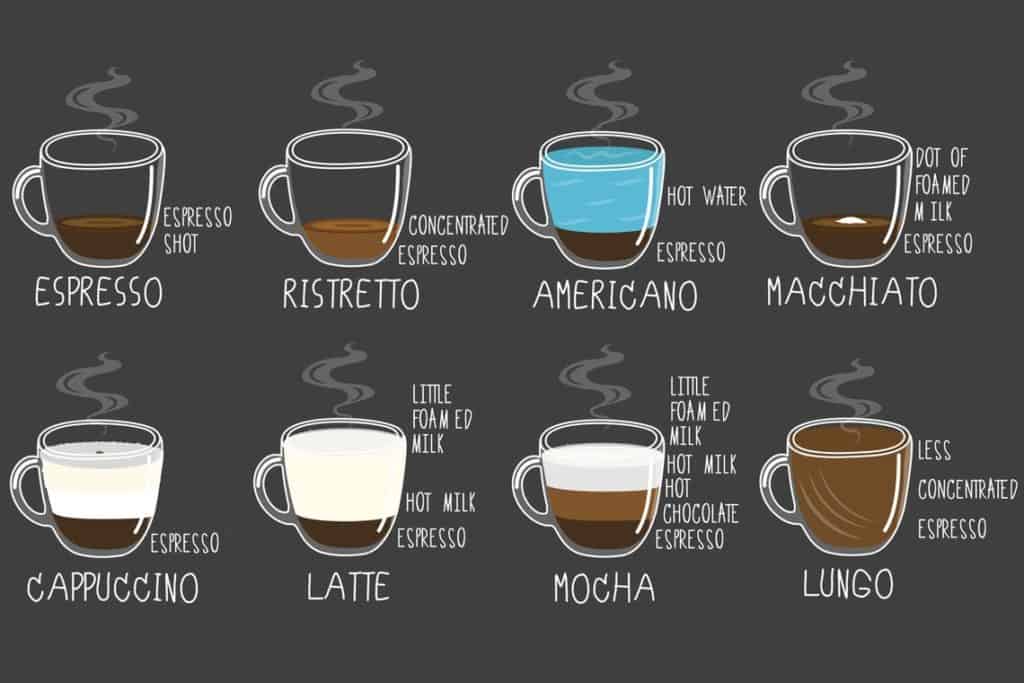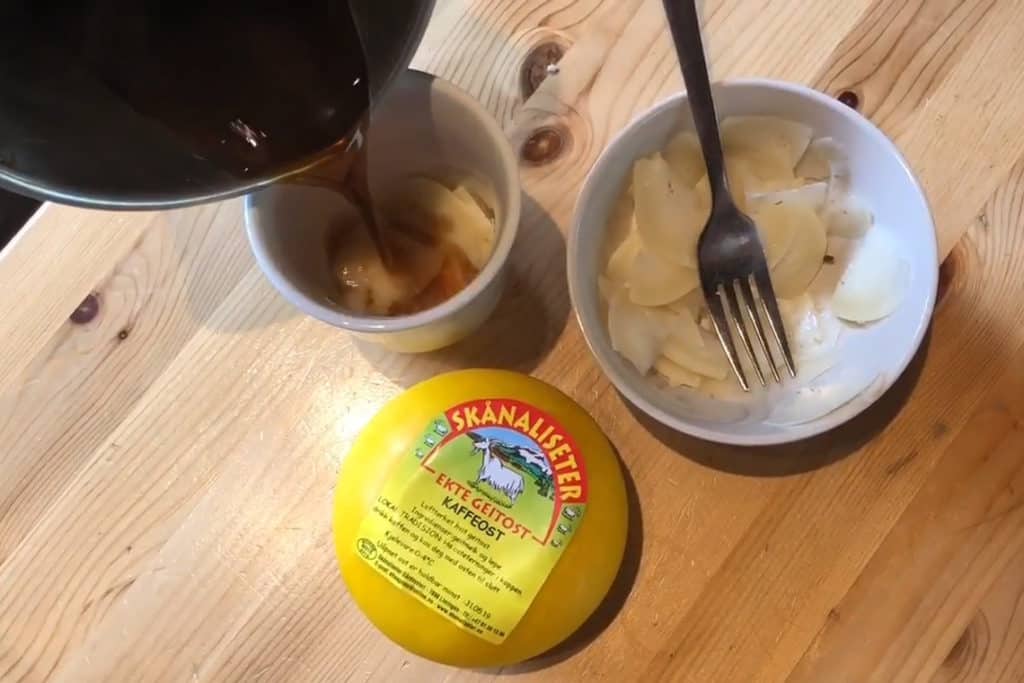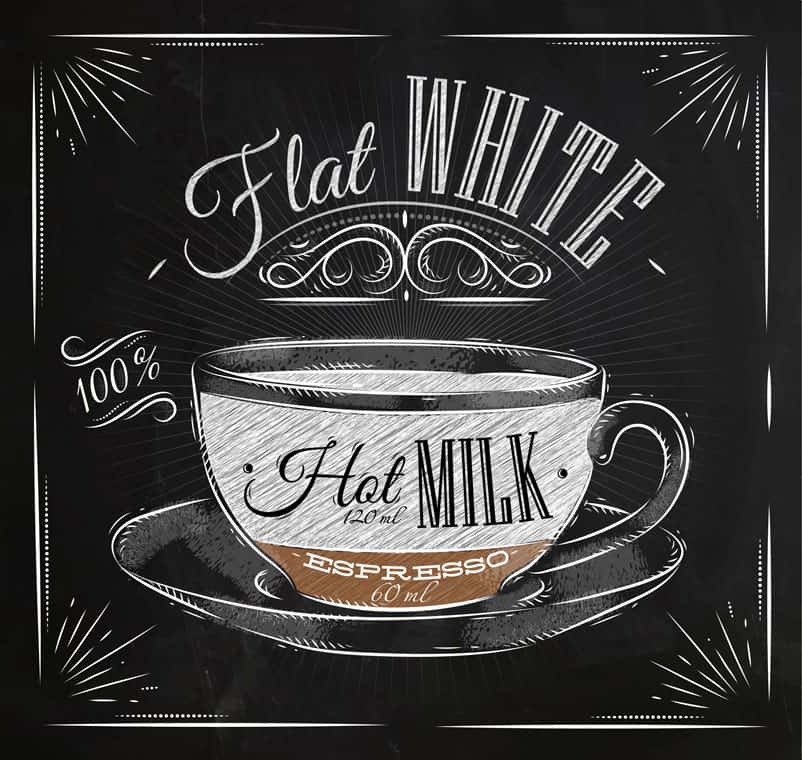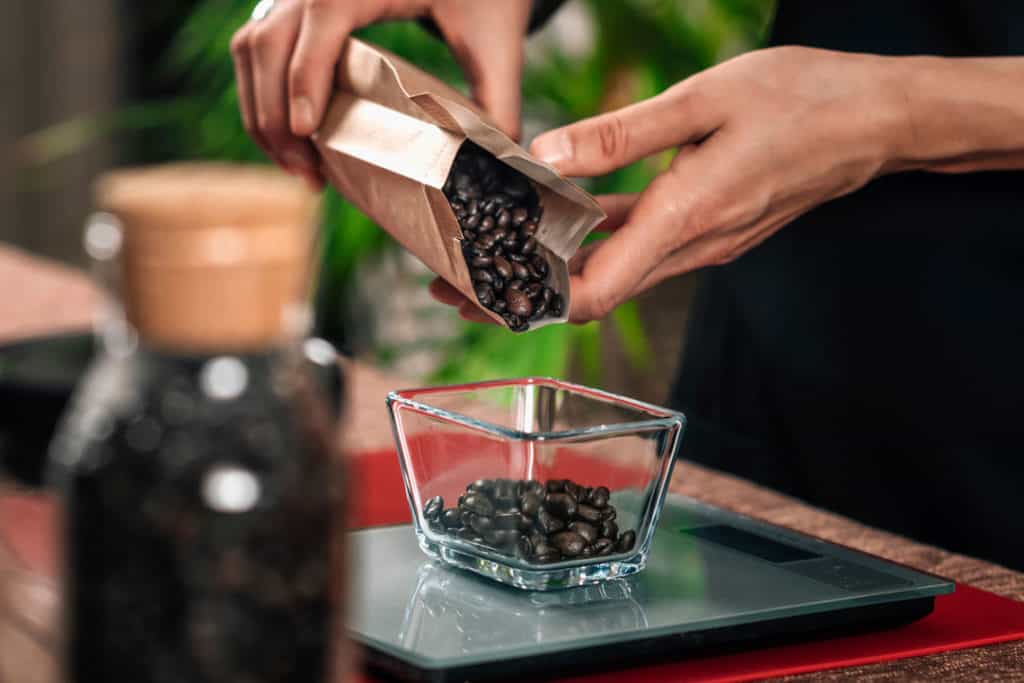That’s right, the heat we apply during brewing can significantly affect our coffee’s quality, taste, and aroma. But how? And what factors influence it? It’s time we turn up the heat on this topic, so let’s dive right in.
What’s Brewing: The Importance of Temperature
Brewing temperature is simply the heat of the water we use to extract all the goodness from our coffee beans. It plays a pivotal role in determining the extraction speed and efficiency of the various compounds found in coffee. But it’s not only the type of coffee or brewing method that matters – even altitude and water quality come into play.
Water boils at lower temperatures at higher altitudes, which can affect the brewing process. And don’t forget about the water itself – its mineral content and pH can influence the extraction of coffee compounds and, therefore, your brew’s flavor.
The Science Behind Brewing Temperature
Now, let’s delve a bit more into the science of it all. The solubility of different compounds in coffee – such as caffeine, oils, and acids – changes with temperature. For instance, higher temperatures increase the extraction rate of caffeine and certain acids, contributing to the body and intensity of your coffee. On the flip side, lower temperatures might result in under-extraction, leading to a weaker or even sour taste.
Dialing in the Perfect Temperature
The optimal brewing temperature can vary based on the type of coffee and brewing method.
- Espresso: Being a fast extraction method, it requires a higher temperature, typically between 195°F to 205°F (90.5°C to 96°C).
- Drip or Pour Over: These methods also work well with a temperature range of 195°F to 205°F.
- French Press: As it involves a longer steeping period, a slightly lower temperature, around 195°F (90.5°C), can yield better results.
How can you measure and control this temperature? A kitchen thermometer will do the trick. Some advanced coffee machines and kettles also come with built-in temperature controls.
The Temperature-Flavor Connection
Brewing temperature significantly influences the extraction of the different compounds found in coffee.
For instance, higher temperatures increase the extraction rate of caffeine, acids, and certain flavor compounds, adding to the coffee’s body and intensity. On the other hand, lower temperatures may result in under-extraction, leading to a flat or sour taste.
It’s a delicate balance to strike – too hot, and your coffee can turn bitter; too cool, and you might end up with a weak, underwhelming brew.
Tips for Adjusting Brewing Temperature
Ready to experiment with brewing temperatures? Here are a few pointers:
- Use the Right Tools: A kitchen thermometer can help you monitor your water temperature accurately. Better yet, invest in a temperature-controlled kettle or a high-end coffee machine with built-in temperature controls.
- Pre-heat Your Equipment: This ensures the brewing temperature remains consistent.
- Consider the Grind Size: Finer grinds extract faster, so you might want to lower the temperature a bit to avoid over-extraction.
- Personal Preference: This is the most important factor. Experiment with different temperatures and see what suits your palate.
Conclusion: Turn Up the Heat on Your Coffee Game
Brewing temperature is a critical yet often underrated aspect of coffee making. It plays a vital role in extracting the delightful flavors, aromas, and compounds from your coffee beans, influencing your brew’s overall quality and taste.
Remember, while there are recommended temperature ranges, coffee brewing is an art, not an exact science. It’s all about finding what works best for you and your preferred beans. So, don’t be afraid to experiment with different temperatures and brewing methods, and let your taste buds be the judge!
Last Updated on June 18, 2023 by Cristina Vélez




